Why do slugs appear on cabbage and how to get rid of them?
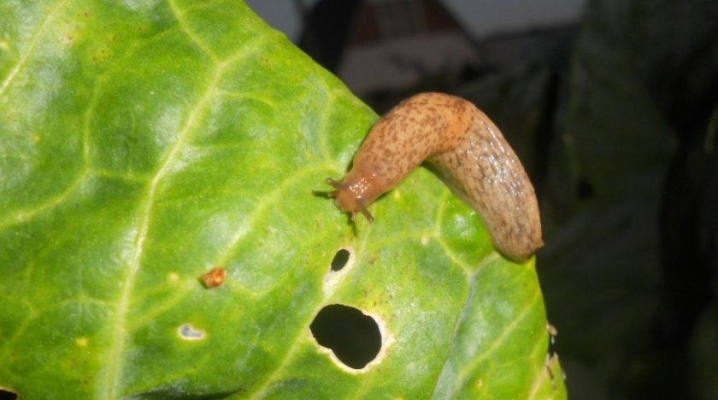
Cabbage slugs are a "headache" for most gardeners. Their appearance is rather difficult to predict, but the fight must be timely and versatile.
Description
Slugs that appear on cabbage are gastropods, which many confuse with snails that have lost their shells. Protective mucus is distributed over the entire surface of the soft oval body. The length of the cabbage slug can be from 1.5 to 10 centimeters, although there are also giants, whose length reaches 20 centimeters. Its coloration allows it to blend in with its surroundings, being gray, brownish or brownish. Pests live in places with high humidity, darkness and coolness, such as the top layers of moist soil.
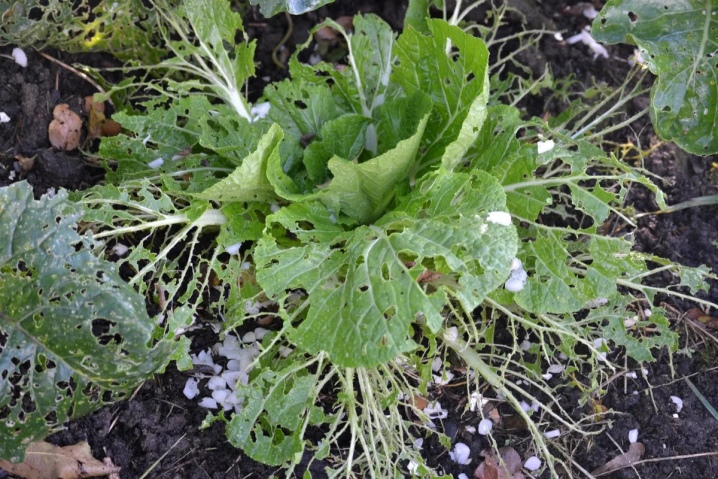
However, they also live in dry foliage, woodpiles or similar places. Slugs are most active in the evening and night hours, when not only the sun sets, but also the temperature decreases. When it gets hotter outside, molluscs hide in the shade of trees and bushes. Slugs breed in August, laying approximately two hundred eggs in moist soil. Young individuals begin their activity as early as next spring.
Gluttonous creatures harm all varieties of cabbage, although red cabbage suffers the least. They also prefer to feast on strawberries, tomatoes and cucumbers. The mollusc, whose movement is carried out by contraction of the body, covers the surface of the leaves with a special mucus. When this substance hardens, it clogs the pores of the plant and thereby disrupts its respiratory processes.

We must not forget that slugs often carry a variety of infections and viruses that affect the volume of the crop, and the enzyme present in their saliva causes decay of cabbage leaves.
Reasons for the appearance
The most common reason for the appearance of slugs on cabbage is improper care - excessive irrigation, as well as thickening, which contributes to insufficient ventilation. A warm winter, accompanied by a rainy spring and an equally rainy cool summer, almost always leads to an invasion of pests. On the contrary, if the summer is dry and hot, then slugs are likely to spend most of their time hiding in basements, under compost and just in the ground. By the way, if there are plant "remains" on the beds - uncleaned tops, heaps of leaves and the like, then these places will attract mollusks, allowing them not only to hide from the sun's rays, but also to reproduce.
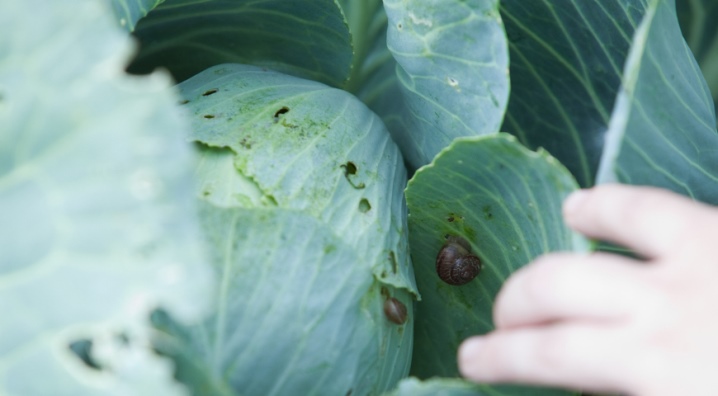
Signs of presence
There are only a couple of clear signs that slugs have appeared on the cabbage. The first is small gnawed holes on the leaves, and the second is white-silvery traces of dried mucus of soft-bodied mollusks.
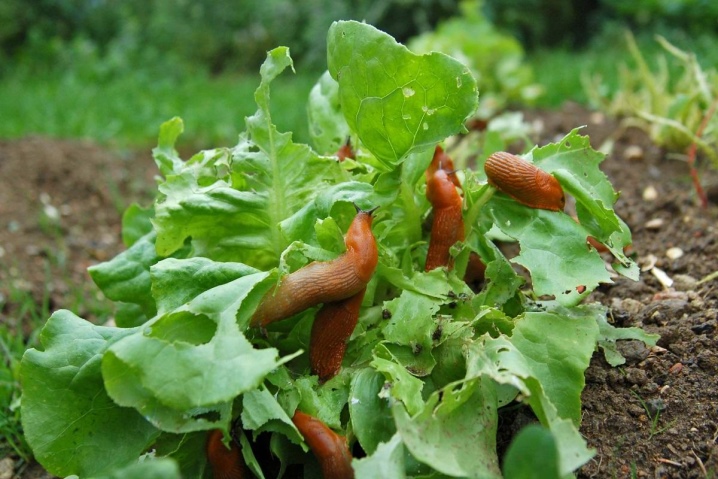
Control methods
It is better to deal with slugs at the same time in several ways, combining collection by hand, chemical and folk remedies.
Collecting manually
The first thing to do to remove pests is to remove them manually. They are easier to spot during the daytime, when the molluscs hide from the heat and light in humid places. The gardener will have to check all large stones, heaps of weeds and compost, as well as creeping plants in the garden.
To remove them as much as possible, it makes sense to use special baits and traps. For example, it is recommended to spread boards, plywood or pieces of cardboard over the area, after thoroughly moistening the soil in these places. Slug-eating apple slices can also be added under the traps for more effective lure. The next morning, all that remains is to collect all the assembled creatures and destroy.
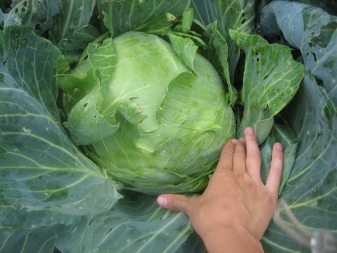
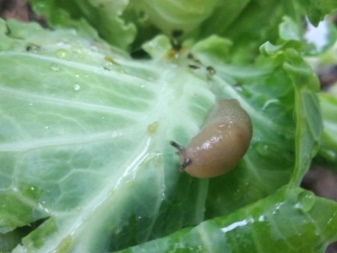
A great trap is made with transparent film. It is enough to simply cover the selected part of the garden bed with material. As a result, condensation will begin to form under the film, which means that the humidity will increase and slugs will crawl. By the way, getting rid of them will be even easier on hot days, because the heating condensate will lead to the death of creatures. Quite good baits are obtained from ordinary bottles. Each is filled with 100-150 milliliters of water and a small bar of soap, and then left without a lid on the site. The next day, all that remains is to collect the defeated opponents.

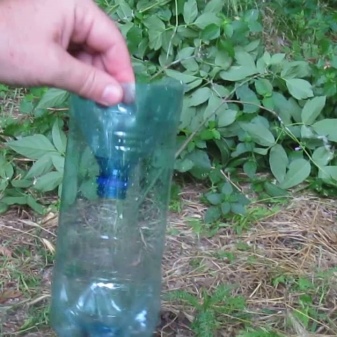
Experienced gardeners have found that slugs are attracted by the aroma of beer, kvass or fermented compote. Therefore, for the next trap, you will need one of these drinks, which is poured into a container with a wide neck. The bottle or glass will have to be buried in such a way that its edges are either level with the ground, or rise above it by a couple of centimeters. In the daytime, it is better to cover the container, since the active movement of mollusks begins precisely at night.
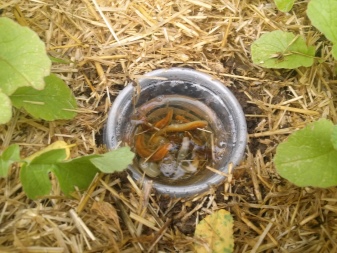
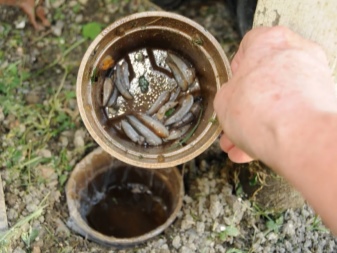
You can save your crop by installing special fences against pests. Soft-bodied molluscs do not like to move on a hard and stabbing surface, so it will be enough to sprinkle the area around the beds with sharp sawdust, sunflower husks, spruce needles, crushed egg shells or small pebbles. A similar function can be performed by freshly cut and chopped nettles laid out at the base of the stem, although such an obstacle will have to be updated several times a season.
The use of dry lime is considered quite effective, a thin strip of which around the heads of cabbage will burn the unprotected body.
Chemical treatment
If it was not possible to manually cope with all the slugs, then you will have to poison them with aggressive chemicals. This must be done strictly according to the instructions, since these substances are dangerous for both people and pets.
Slaughter mixture is called drugs containing metaldehyde in their composition - for example, "Meta" or "Thunderstorm". "Thunderstorm" is a set of small blue granules with a faint odor, which simply crumble around the plantings. As a rule, about 15 grams of the substance is required for 5 square meters. The "Thunderstorm" acts very quickly - within a few minutes after consumption, the slug shows symptoms of poisoning, and after a couple of hours it dies.

Thunder is considered quite effective. It contains components that are interesting for mollusks, but repel insects and birds. The drug can be used even in the rain, as it retains its properties even at high humidity.
Working with the rather toxic Meta agent should be extremely careful. The granular preparation also disintegrates between the plants, but this must be done at least a month before the harvest. When using aggressive "Metaldehyde" in the amount of 4 grams per square meter, it is important to ensure that the drug does not get on the heads of cabbage and leaf plates themselves.
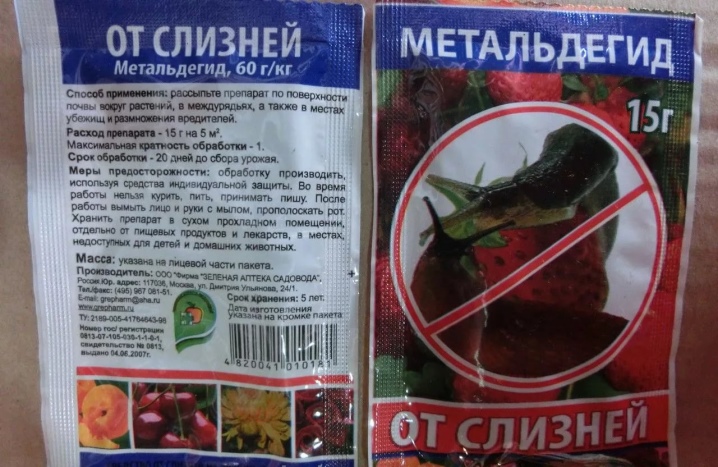
For those who fear the use of chemicals, biological agents have been developed that are safe for people, birds and animals. For example, Peking cabbage can be processed with EkoKiller powder, which contains diatomaceous earth, which causes fatal dehydration of the mollusk's body.
Save the cauliflower with the help of "Ulicida Eco", which has a similar effect. Its multicomponent composition contains crushed grain, red pepper, mustard powder, granulated sugar, salt and other substances. It can only be used twice a season.

Folk remedies
Folk methods are also able to get rid of slugs, especially if the population of the latter is not yet so large. Their main advantages are affordability, low cost and safety for people and the environment.
- After burning the fire, ash can be collected, which should be supplemented with salt, mustard, and ground pepper. In this case, only a tablespoon of the remaining components should fall on a liter of ash. This mixture is used for sprinkling cabbage every 5 days and after every rain.
- You can spray the garden with a solution of mustard, for the preparation of which 100 grams of powder is diluted in a bucket of water and infused for a couple of hours.
- You can also sprinkle with a solution of 9% vinegar. In this case, 2 tablespoons of the key component must be diluted in a bucket of settled water. This procedure is allowed only in the evening, when the pests leave their shelters and settle on vegetables.
- Good results will be achieved if ammonia is mixed with water in a ratio of 1 to 6. True, this method is not allowed to be used too often, since the heads of cabbage can dry out.
- You can reduce the number of shellfish if you water the plantings with water heated to 40-41 degrees. This temperature is destructive for slugs, but absolutely safe for plants. This kind of processing is also carried out in the dark.
- Tobacco dust in combination with water will help protect the cabbage from destruction. Having mixed the components in equal amounts, the resulting powder must be used every 5 days to process the heads.
- If the pests are in sight, then they can simply be sprinkled with soda ash or baking soda - they will die from irritation in a few minutes. This substance can also be used to prepare a solution: in this case, 100 grams of powder is diluted in 10 liters of liquid. Such a liquid is suitable for watering shellfish shelters, and by halving the amount of baking soda and adding a couple of tablespoons of dishwashing detergent, it will be possible to water the vegetables themselves.
- In some cases, even instant coffee, which is sprayed with cabbage, toothpaste and boric acid, brings the required result.
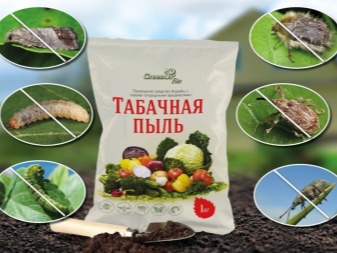
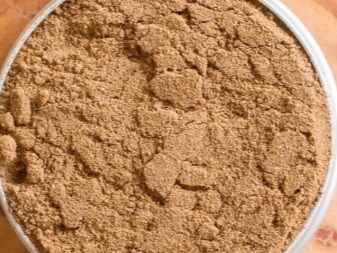
Prophylaxis
An important part of protecting your garden from slugs is taking the necessary preventive measures.
- To protect your plantings, it is important to timely clean the site of plant and construction waste, pull out weeds and loosen the soil.
- You will also have to mow the grass on the paths between the beds, and in the autumn you will have to dig up the whole garden. By the way, freshly cut green mass should never be used for mulching. In addition, it is initially necessary to maintain the required spacing between landings.
- It is easier to protect the crop if plants with a scent that repels shellfish: calendula, marigolds, parsley or basil grow in the surrounding area.
- In addition, it is worth luring to the site those birds and animals that feed on slugs, but ignore the garden itself. For example, on the territory you can leave cookies or a saucer of milk for hedgehogs (if they live nearby), hang feeders for thrush and starlings, and also design a small pond for frogs.
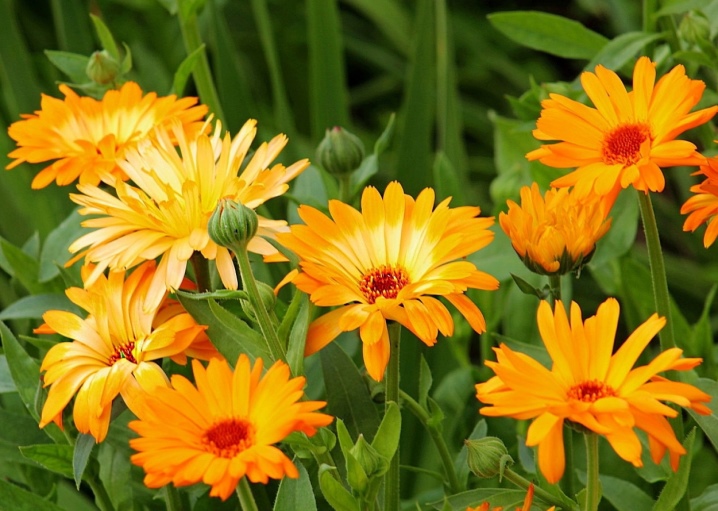










The comment was sent successfully.